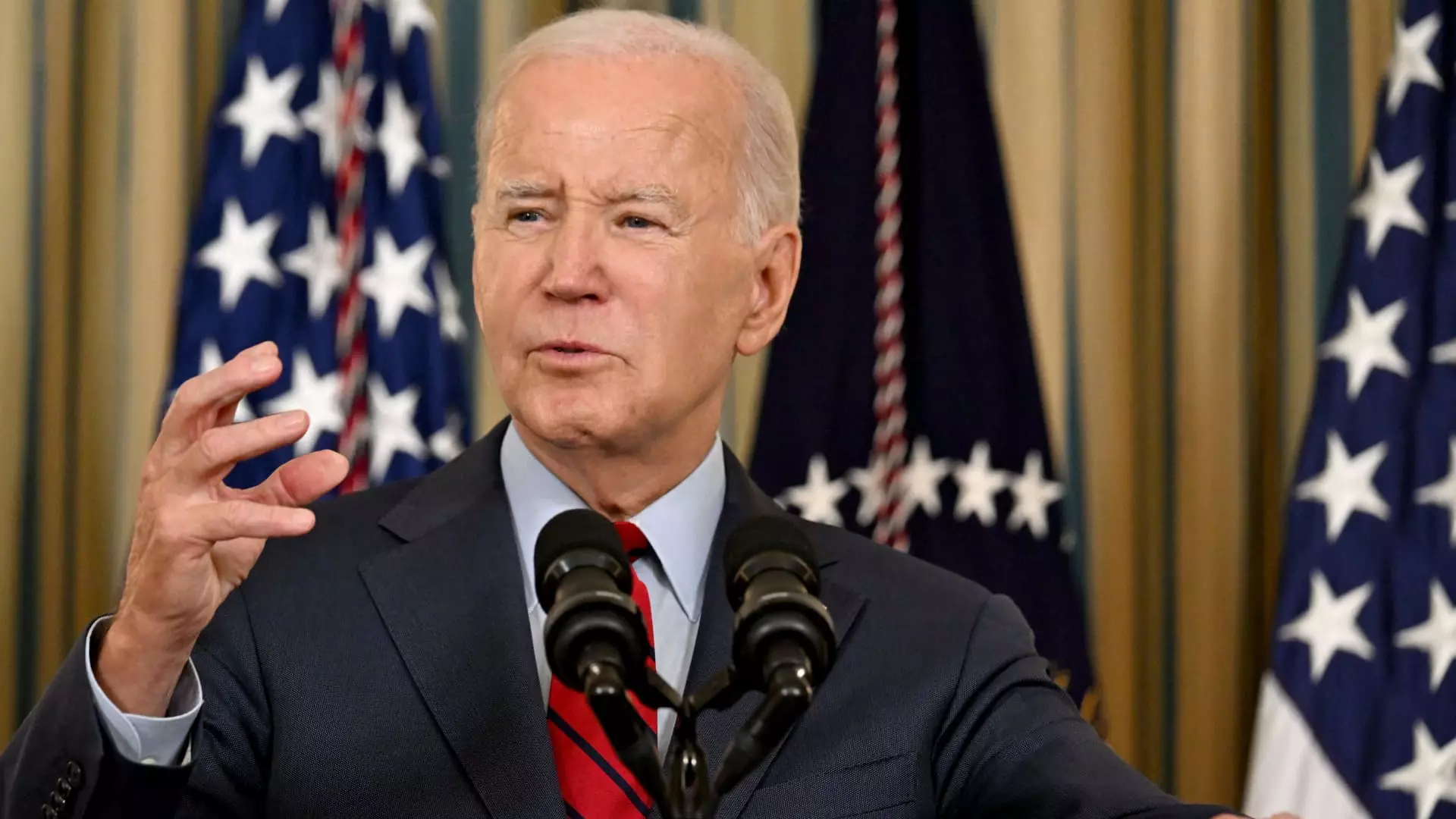Amidst concerns over rising inflation rates and consumer frustration, the White House has reiterated President Joe Biden’s call for companies to lower retail prices. Despite stabilized manufacturing costs and a cooling inflation rate, the Biden administration believes that the savings should be passed on to consumers, as a part of the President’s economic agenda. However, the challenge lies in connecting corporate pricing practices to how voters perceive the economy and attribute blame. This article delves into the ongoing struggle faced by the administration and the consequences of rising prices on American families.
The Biden administration has been grappling with the task of reconciling falling inflation rates and steady job growth with the sentiment felt by consumers. While certain goods have witnessed lower price tags, such as Thanksgiving turkeys, many Americans believe their budgets are being squeezed by rising rent and food prices. These concerns have led to the finger of blame being pointed at President Biden. Despite consumer spending remaining strong, particularly evident during Black Friday purchases, the lack of a tangible increase in purchasing power has further fueled frustration.
As Covid-19 restrictions began to ease in 2021, consumers were eager to indulge in retail therapy, buoyed by the additional cash from pandemic-era relief programs. However, supply chain disruptions and increased production costs prevented companies from meeting this surge in demand. Consequently, prices skyrocketed, reaching levels not seen in decades, with a peak inflation rate of 9.1% in June 2022. These soaring prices triggered fury among consumers, and polls indicated that a significant number of Americans held the Biden administration responsible for the situation.
With an eye on the upcoming 2024 reelection campaign and the ongoing dissatisfaction with President Biden’s economic handling, the White House is now intensifying its efforts to push private industries to reduce retail prices. The administration seeks to address not only price gouging but also other issues such as junk fees, pointing fingers at big pharma and big oil. The primary motivation behind this pressure is to alleviate the burden on American families, who are the ones ultimately suffering due to the prevalence of price gouging and high retail prices.
The White House’s insistence on companies lowering retail prices reflects the administration’s commitment to addressing the economic strain experienced by American consumers. However, the challenge lies in bridging the gap between data and perception, as well as in attributing blame for rising prices accurately. As the Biden administration strives to navigate these challenges, it remains to be seen how successful their efforts will be in assuaging consumer frustration and improving economic conditions for the American people.


Leave a Reply